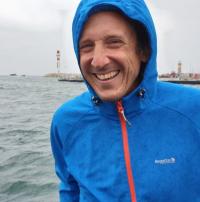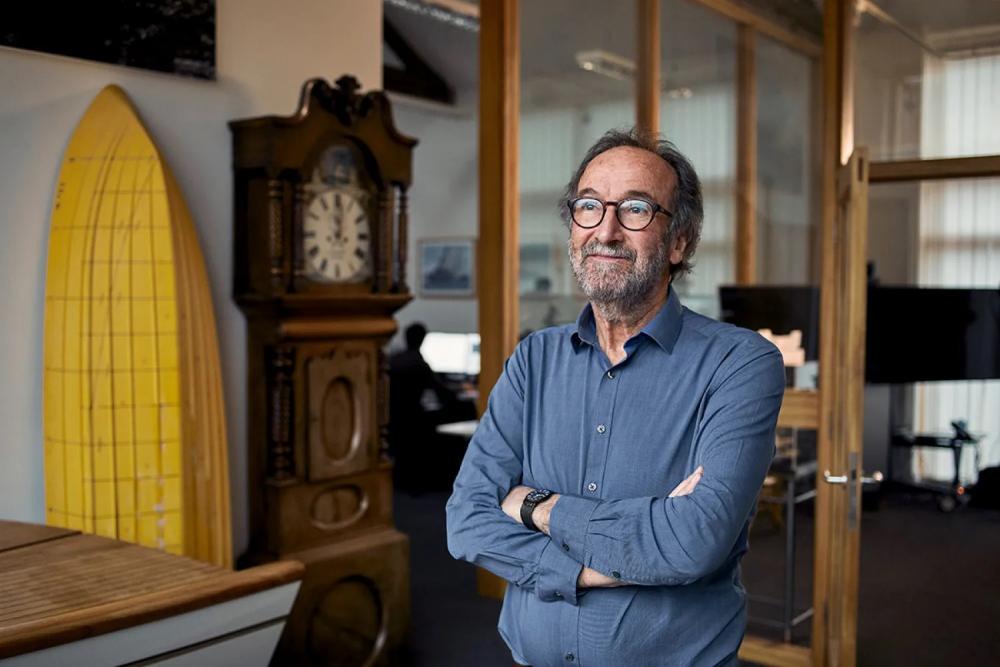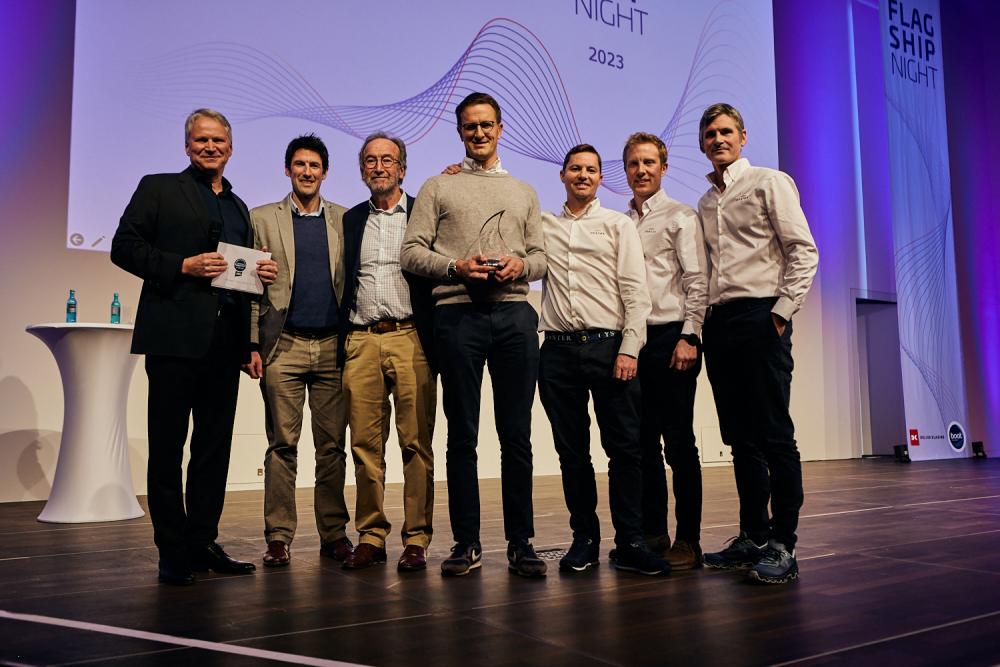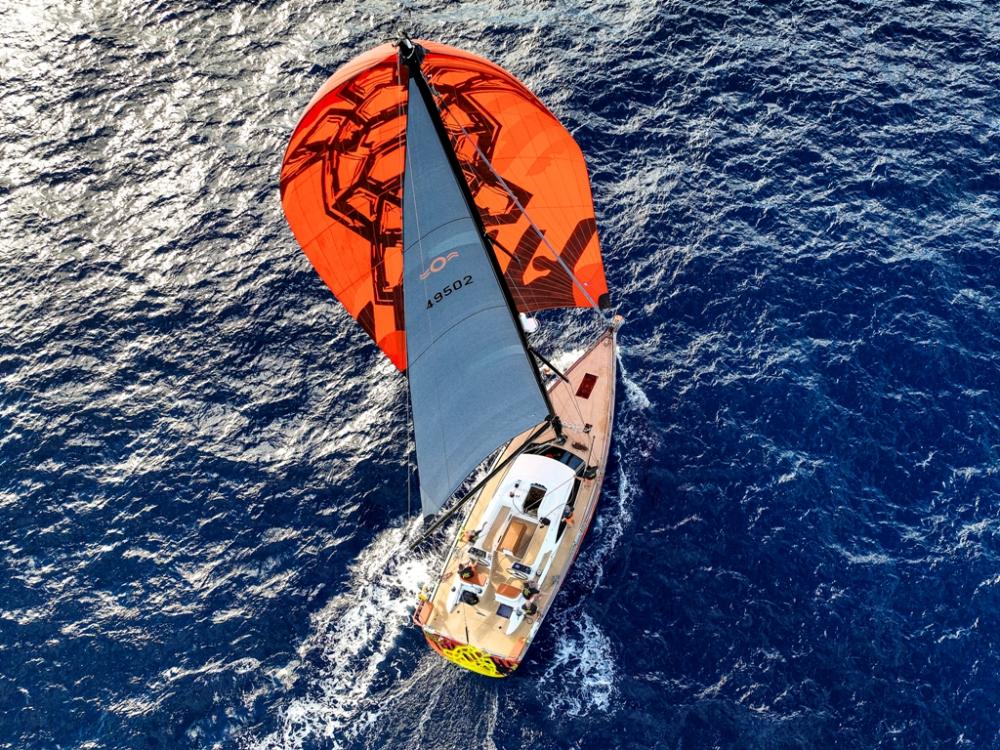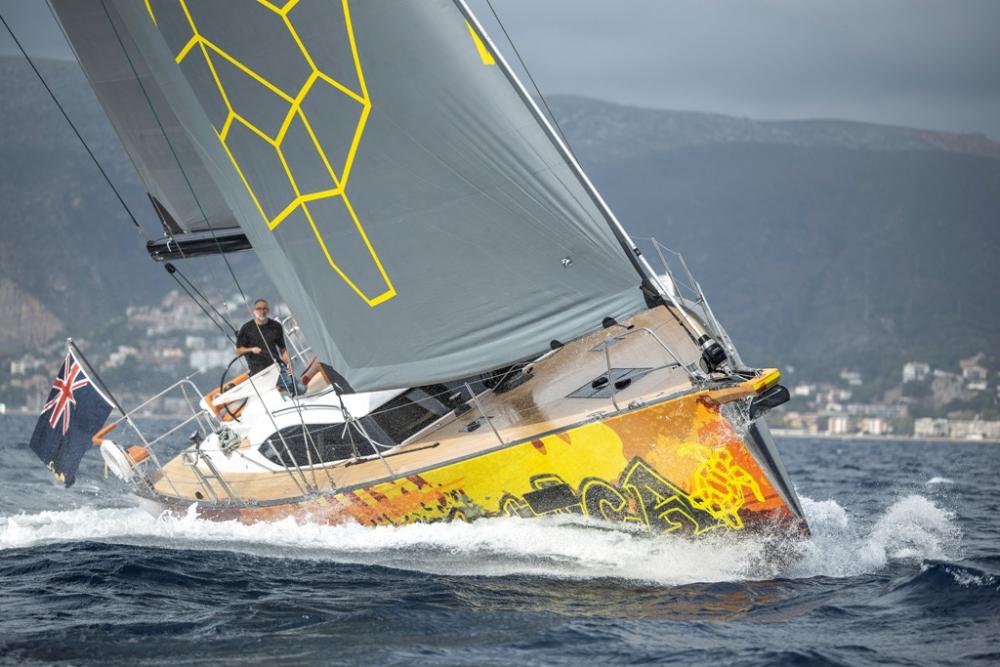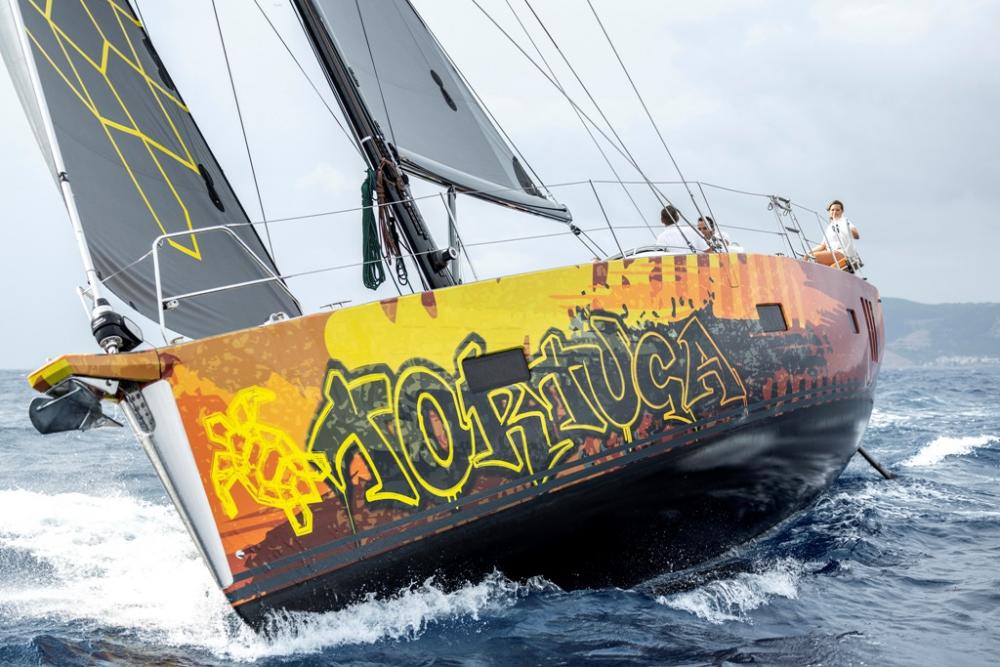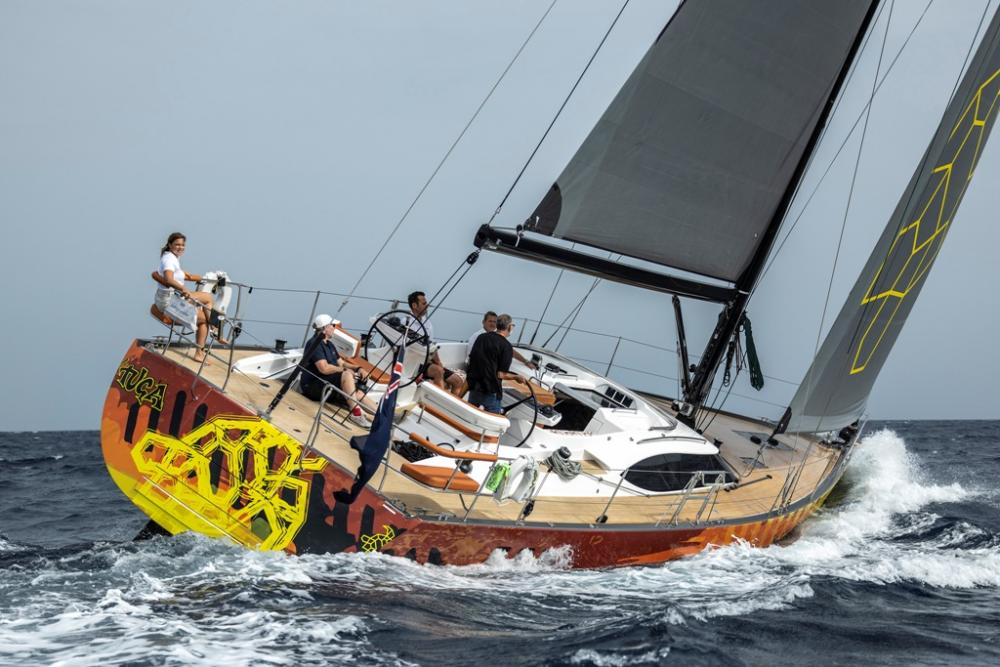What does it mean to have won the European Yacht of the Year award?
«It’s a great honour because it’s one award that is judged by a pan-European group of highly experienced sailors/journalists, so it has gravitas. So many awards these days are thrown open to public vote, which means it’s less about the product than the strength of a social media effort. I think this may be our fourth or fifth European Yacht of the Year award and it’s as exciting as the first».
What aspect did you focus on most on 495?
«I’m not sure we could say there was one thing in particular. The heritage of Oyster is fairly well defined and understood as a blue water yacht that is comfortable, seakindly, self-sufficient, etc. From the beginning of the project we were all clear that the 495 had to live up to this ethos, even though it could be considered as an intro-boat into the range».
Can you tell us about the philosophy of the boat and its strengths?
«The answer here is much the same as the previous question I guess. It’s certainly a friends-and-family boat as opposed to the larger models in the Oyster range (typically, above 60ft) which normally have a professional crew, and as such it was perceived as a very easy boat to sail and manage, with a performance that will surprise many».
A comment on keel, rudder, sail plan and its options
«The 495 features a twin rudder configuration which is now standard on all Oyster models. The lead keel is supported by a shallow composite keel stub. Both standard draft and shoal draft (sub 6ft) keel options are available. For the rig you can choose between in-mast furling or slab reefing configurations with an aluminium or carbon mast, and with either a self-tacking or larger non-overlapping blade headsail».
What is the typical owner of this 495?
«I think you could say young family at one end, and at the other end a retired couple. Some owners will not want huge boats even if they can afford them, but they might want the same Oyster level of comfort, luxury, security and trans-oceanic capability that may not generally be available in other boats of this size range».

